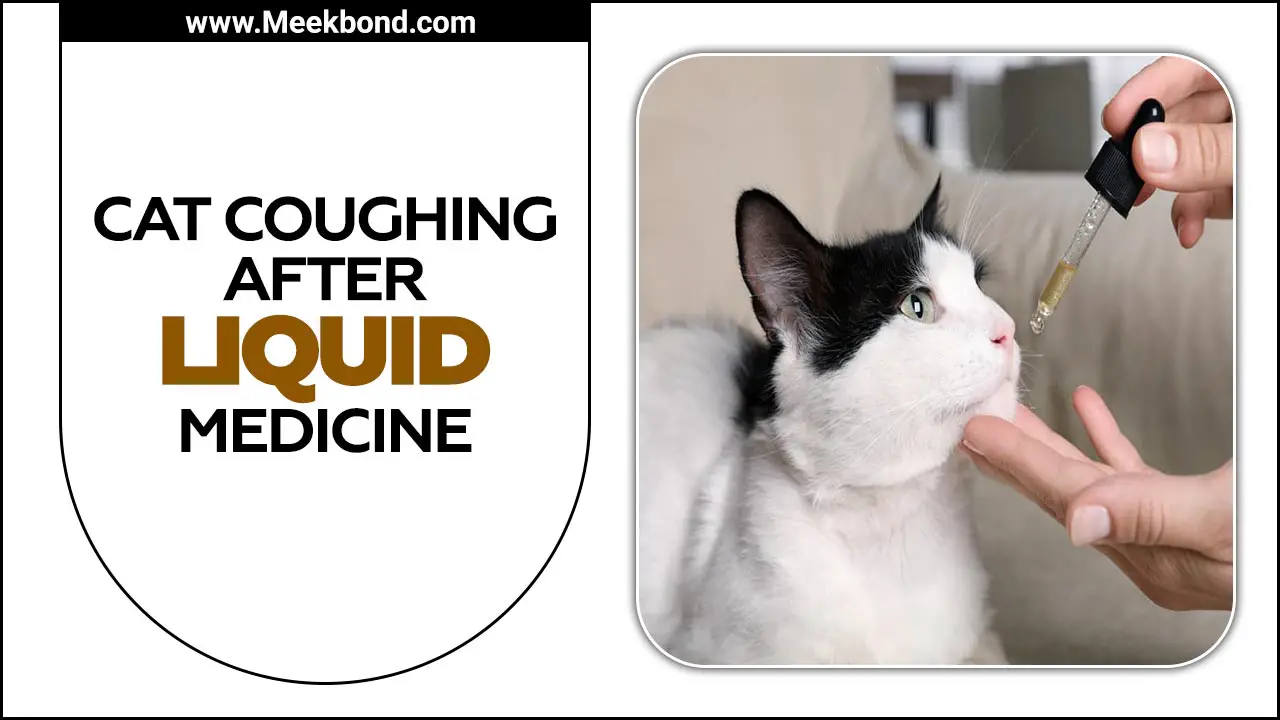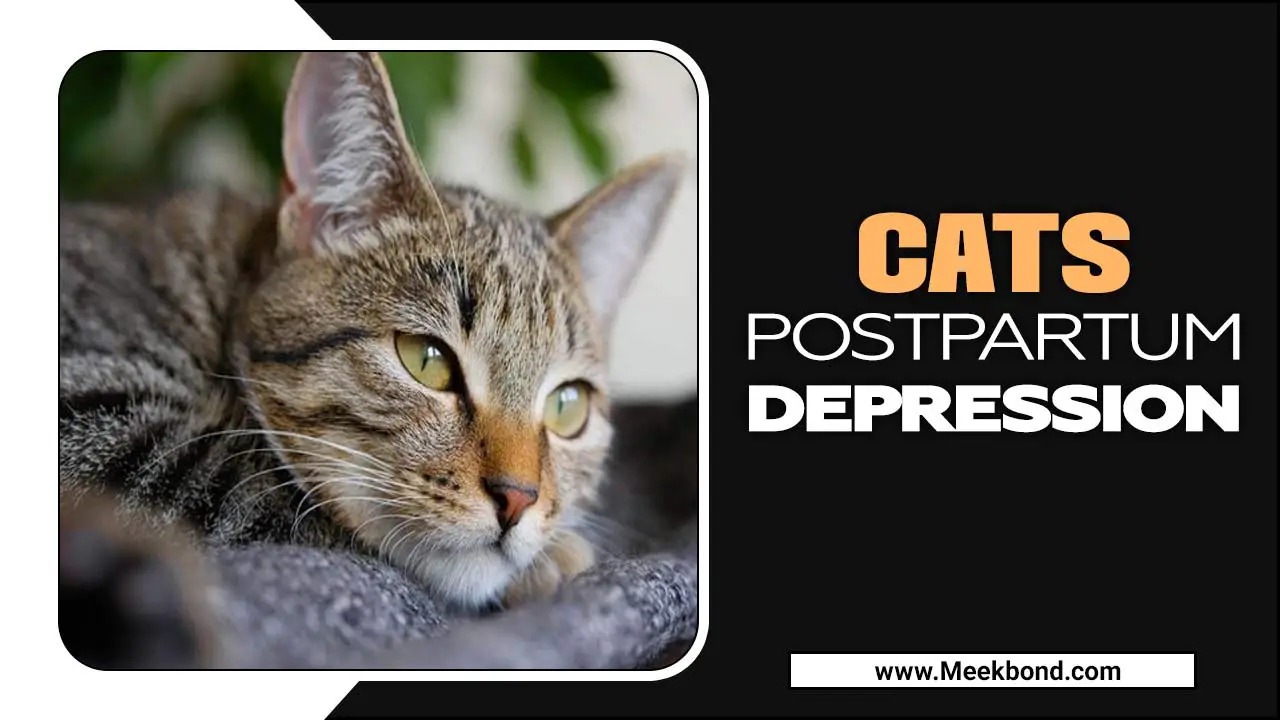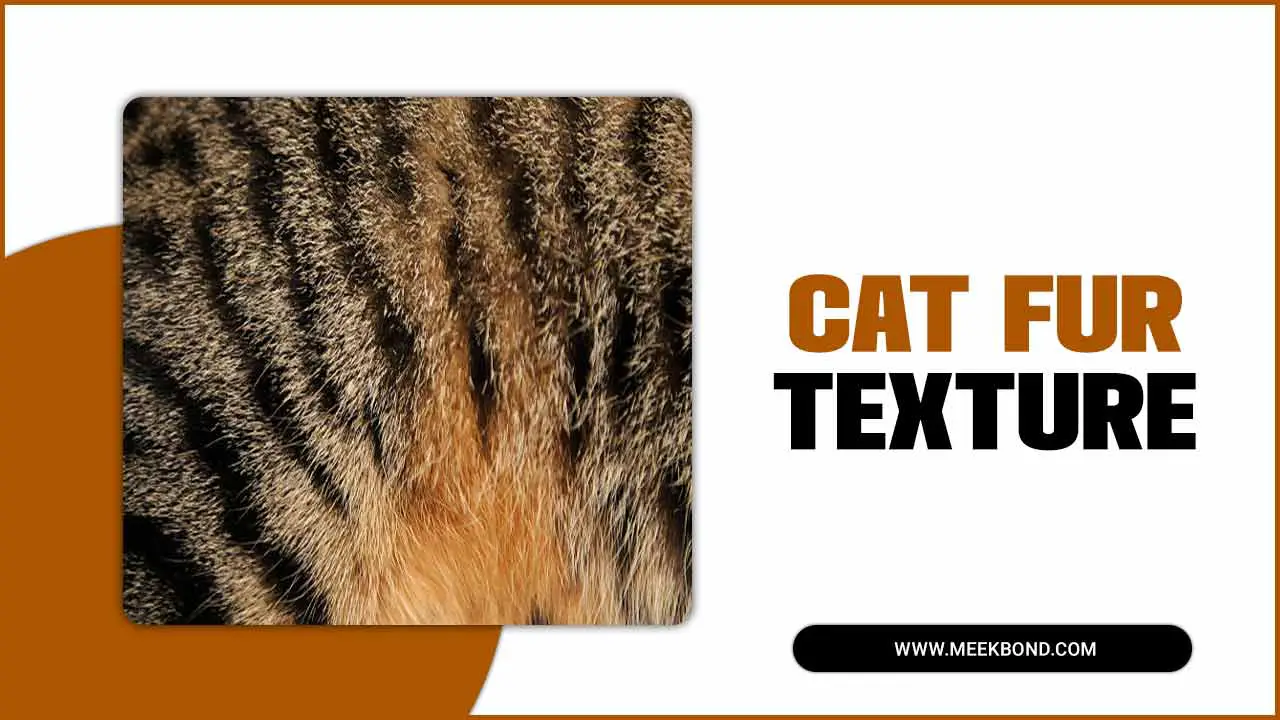Pets are a cherished part of our families, and ensuring their health and well-being is paramount. However, unexpected medical issues can arise in our furry friends.
One such condition that can affect cats is a hernia after spaying. However, spaying is a routine procedure that has many benefits for cats.
It can sometimes result in a hernia, which can cause discomfort and pain for your feline. Understanding the causes and treatment of a cat hernia after spay is crucial for cat owners to ensure the best possible care for their pets.
Here, we will provide a comprehensive guide to help you understand a hernia. The causes of a hernia after spaying and the available treatment options. We will also discuss the possible complications that can arise if a hernia is left untreated.
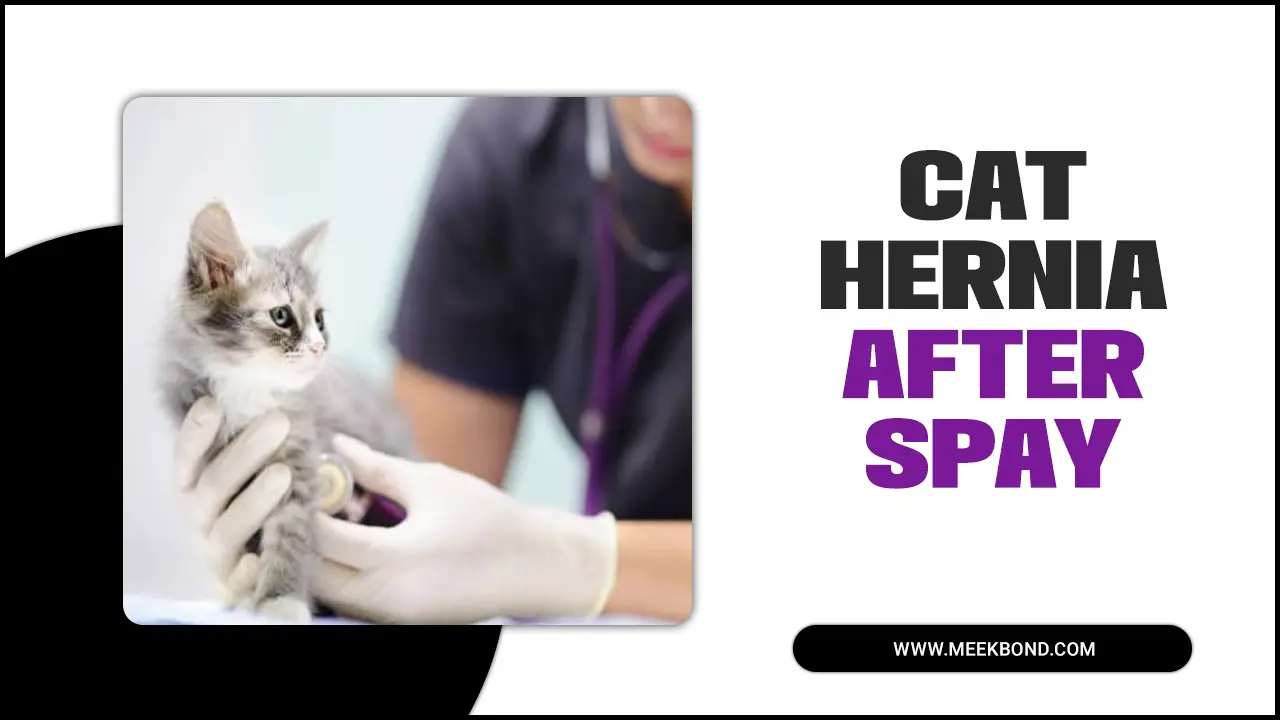
Common Causes And Treatment Cat Hernia After Spay
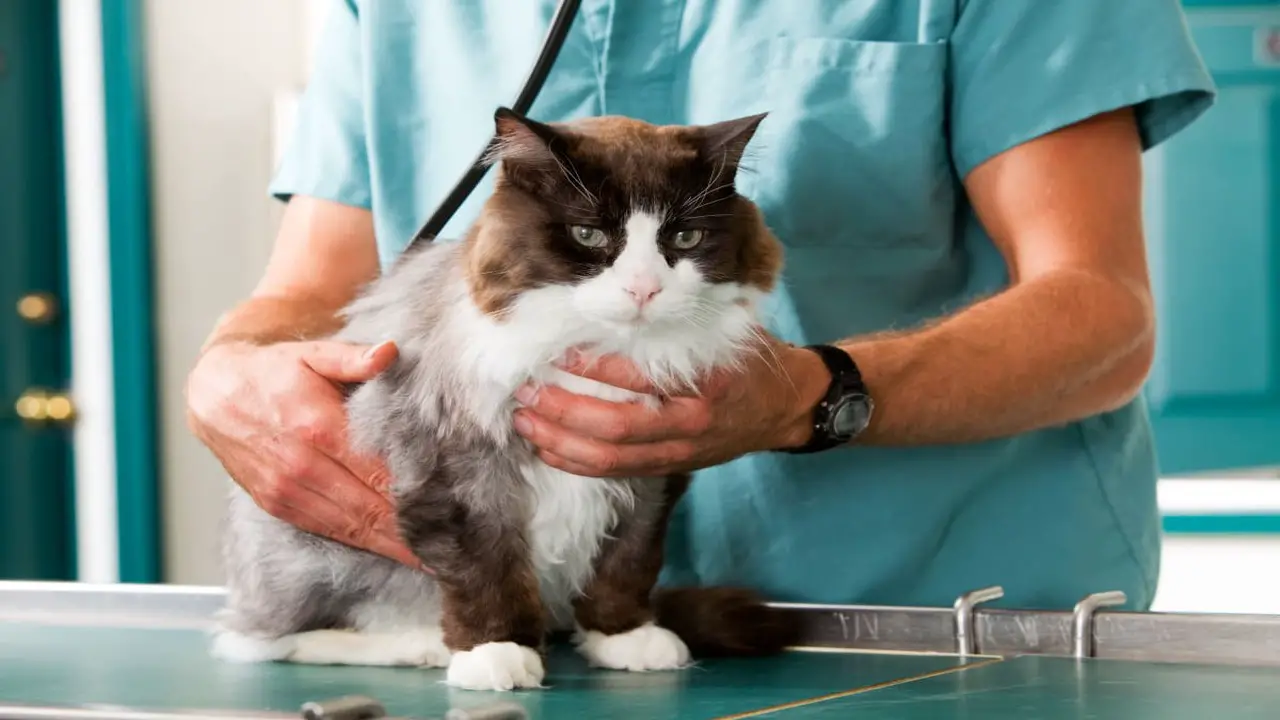
A cat hernia after spaying is a condition where a part of the abdominal wall protrudes. Potentially causing discomfort and complications for your feline friend. This can occur due to the spaying procedure, although it is relatively rare. A few common causes of cat hernia aft spaying include improper surgical technique or excessive tension on the incision site.
If you notice any hernia signs, such as swelling or a bulge near the incision site. It is important to seek veterinary care immediately. Treatment for cat hernias typically involves surgery to repair the abdominal wall and prevent further complications. Your veterinarian will be able to provide you with more information and determine the best course of action for your cat’s specific situation.
Understanding What A Hernia Is And How It Can Occur After A Cat’s Spay Surgery
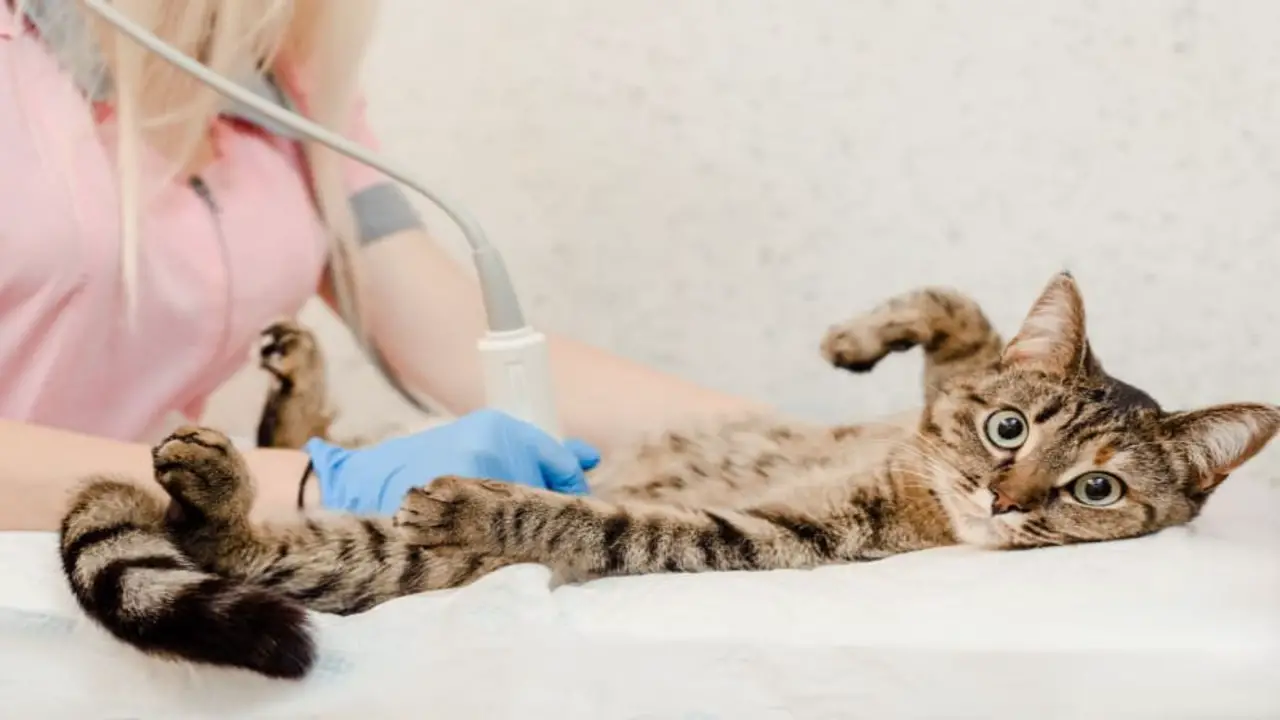
A hernia in a cat can occur after spay surgery. A hernia results from a weakness in the abdominal muscles, allowing organs or tissues to protrude. In the case of a cat hernia aft spaying, it typically happens due to incomplete closure of the surgical incision site. This can happen if the sutures used during the spay surgery do not hold properly or if there is excessive strain on the incision area post-surgery.
Cat owners must know the signs and symptoms of a hernia, such as swelling or bulging at the incision site. They should seek veterinary care promptly if they suspect their cat may have developed a hernia after spaying. Treatment for a cat hernia may involve surgical repair to correct the weakness in the abdominal muscles and prevent further complications.
Common Causes Of Hernias After Spaying In Cats
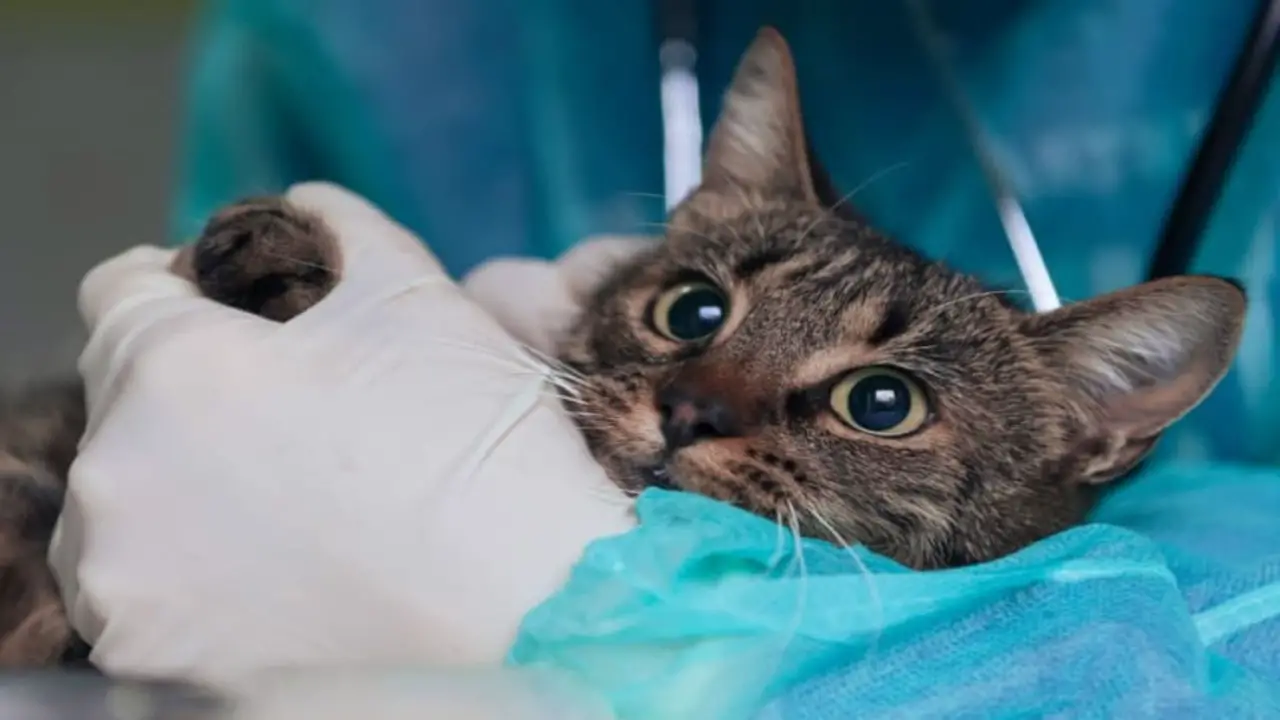
Hernias are a common complication after a spay surgery in cats. A hernia is caused when an organ or tissue protrudes through a hole or weak spot in the abdominal muscles. In the case of a cat hernia after a spay, it is usually caused by an opening in the muscular wall of the incision site. Several common causes of hernias can occur after a cat has been spayed. These include:
- Inadequate surgical incision closure: If the incision site is not properly closed during the spay surgery, it can lead to a hernia.
- Excessive activity or trauma: Cats that engage in excessive physical activity or experience trauma to the surgical site shortly after being spayed may be at a higher risk of developing a hernia.
- Obesity: Being overweight can put additional pressure on the abdominal muscles and increase the likelihood of a hernia forming.
- Weak abdominal muscles: Some cats may naturally have weaker abdominal muscles, making them more prone to developing a hernia after spaying.
If you notice any swelling, bulging, or discomfort in your cat’s abdomen following a spay surgery, it is important to consult with your veterinarian as soon as possible. They can assess the situation and recommend appropriate treatment options to address the hernia and prevent further complications.
Signs And Symptoms Of A Hernia In Cats
A hernia can occur in cats after they have been spayed. It is important to be aware of the signs and symptoms of a hernia so that you can seek veterinary care as soon as possible. Common signs of a hernia in cats include swelling or a bulge near the surgical incision site, discomfort or pain when touched, changes in appetite or behavior, and vomiting.
Sometimes, a hernia may be accompanied by other symptoms such as lethargy or difficulty breathing. If you suspect your cat may have a hernia after being spayed, it is important to consult your veterinarian for proper diagnosis and treatment.
Importance Of Early Detection And Diagnosis
Awareness of the possibility of a cat developing a hernia after spaying is important. While it is not a common occurrence, it can sometimes happen. A hernia occurs when a weakness or tear in the abdominal wall allows organs or tissue to protrude.
In the case of a cat hernia aft spaying, it may occur at the site of the incision. It is crucial to monitor your cat closely after the surgery and look for any signs of swelling, bulging, or discomfort in the area. If you suspect that your cat may have developed a hernia, it is important to consult with your veterinarian, as early detection and diagnosis can greatly improve the outcome and prevent any potential complications.
Treatment Options For Cat Hernias After Spaying
If your cat develops a hernia after spaying, seeking veterinary treatment as soon as possible is important. Treatment options for cat hernias after spaying may vary depending on the severity of the hernia. In some cases, the hernia may resolve on its own with time and rest.
However, surgery may be necessary to repair the hernia in more severe cases or if the hernia is causing discomfort or complications. Your veterinarian will be able to assess your cat’s condition and recommend the best course of action for treating the hernia. It is important to follow your veterinarian’s instructions and provide any necessary post-operative care to ensure a successful recovery for your furry friend.
Surgical Repair Of The Hernia
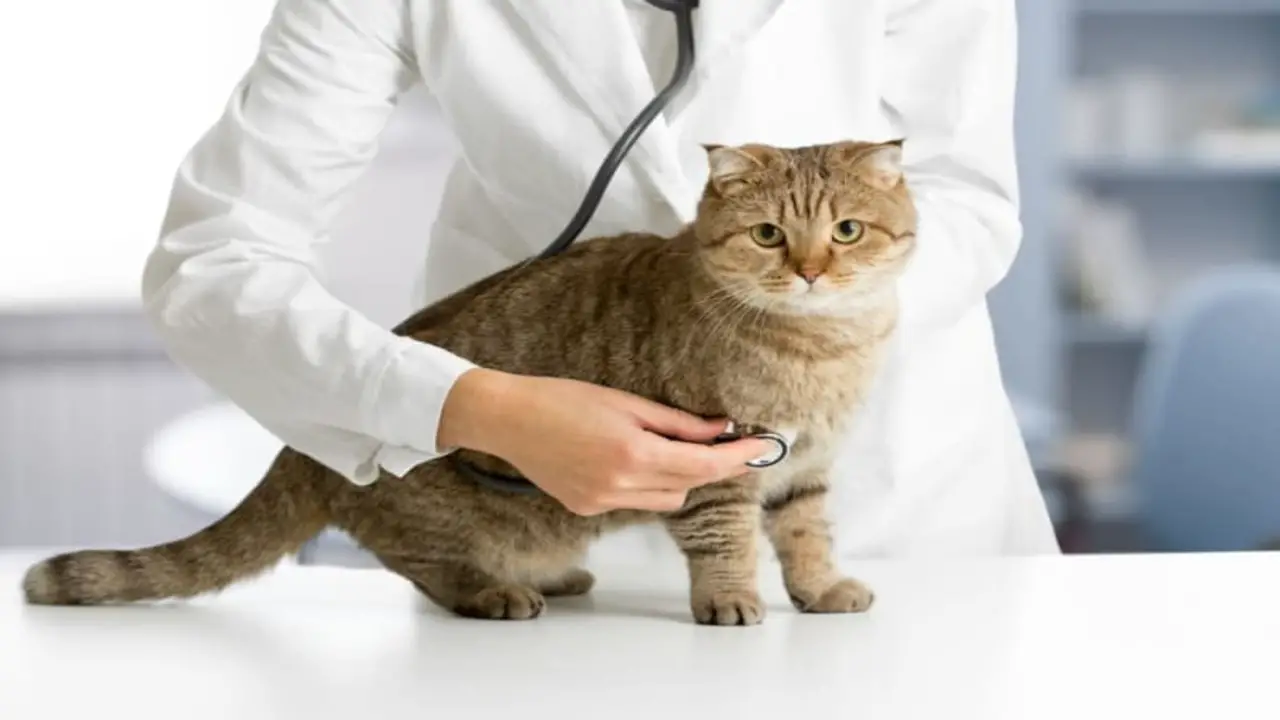
A hernia can occur in cats after they have been spayed. This is a condition in which an organ or tissue protrudes through a weakened area in the abdominal wall. If your cat experiences a hernia after spaying, it is important to seek veterinary attention immediately. The surgical repair of the hernia is typically necessary to prevent further complications and discomfort for your cat.
During the repair, the veterinarian will carefully reposition the herniated tissue and close any openings in the abdominal wall. Recovery from the surgery may require your cat to wear an Elizabethan collar to prevent it from licking or scratching at the incision site. Following post-operative care instructions and providing a calm and comfortable environment for your cat can help ensure a successful recovery from a hernia after spay surgery.
Post-Surgery Care And Recovery For Cats With Hernias
After a cat has been spayed, it is possible for them to develop a hernia at the surgical site. A hernia occurs when an internal organ or tissue pushes through a weak spot in the surrounding muscle or tissue. In the case of a cat hernia aft spaying, this can happen if the incision site does not heal properly or if there is excessive strain on the area during recovery.
It is important to monitor your cat closely after their spay surgery and watch for any signs of a hernia, such as swelling, bulging, or discomfort around the incision area. If you suspect your cat may have developed a hernia, it is crucial to seek veterinary care promptly.
Treatment options for cat hernias can vary depending on the severity of the condition but may include surgical repair to correct the defect and prevent further complications. Your veterinarian can provide specific guidance and recommendations for post-surgery care and recovery for cats with hernias.
Tips For Preventing Hernias After Spaying In Cats
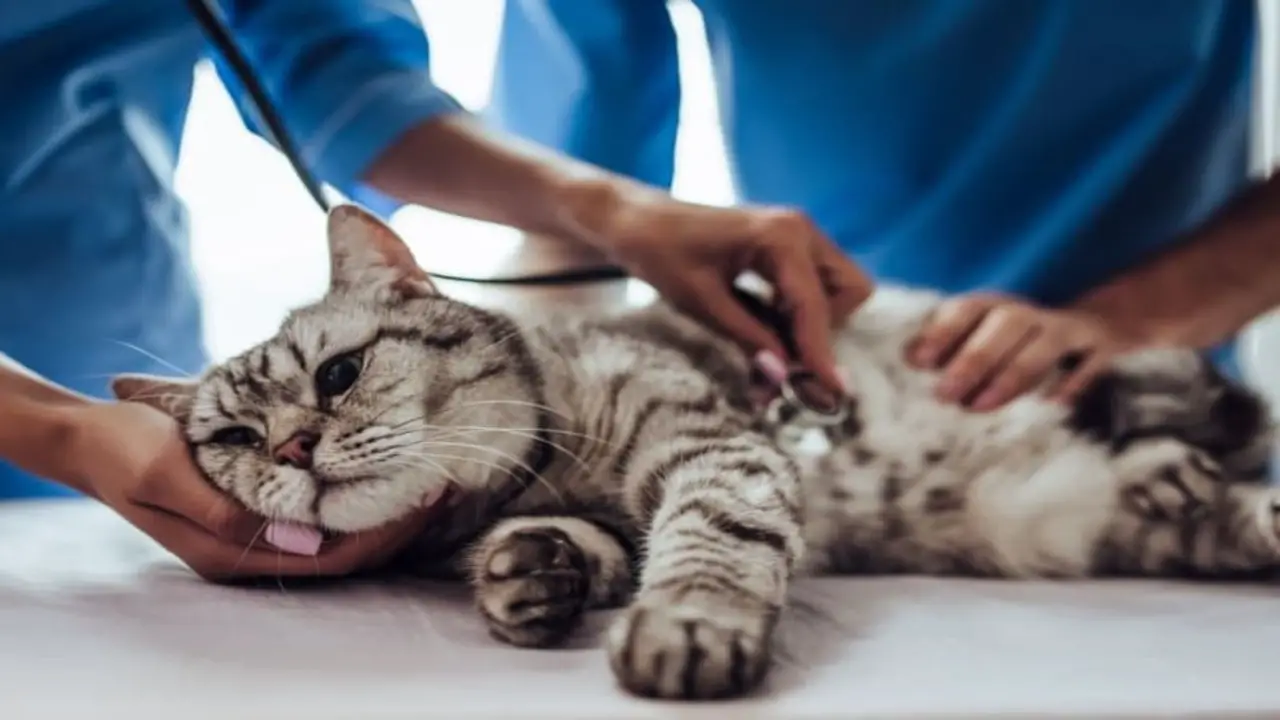
A hernia is a condition where an organ or tissue protrudes through a weak spot in the surrounding muscle or connective tissue. Sadly, it is not uncommon for cats to develop a hernia after spay surgery, also known as an ovariohysterectomy. While hernias after spaying are rare in cats, it is still important to take precautions to prevent them from occurring. Here are some tips for preventing hernias after spaying your cat:
- Follow post-surgery instructions: It is important to follow the post-surgery instructions provided by your veterinarian closely. This may include limiting your cat’s activity and keeping them calm and quiet during the recovery period.
- Monitor the incision site: Keep a close eye on the incision site to ensure it is healing properly. Look for any redness, swelling, or discharge indicating an infection or complication.
- Prevent excessive jumping and climbing: Jumping and climbing can strain the incision site and increase the risk of a hernia. Consider limiting access to high areas or providing alternative ways for your cat to reach them.
- Use an Elizabethan collar (cone): To prevent your cat from licking or chewing at the incision site, use an Elizabethan collar, also known as a cone. This will help prevent any additional trauma to the area.
- Avoid strenuous activities: During recovery, avoid activities that could strain your cat’s abdomen, such as rough play or vigorous exercise.
- Maintain a healthy weight: Obesity can increase the risk of complications after surgery, including hernias. Ensure your cat maintains a healthy weight through diet and regular exercise.
- Regular check-ups with your veterinarian: Schedule regular check-ups to monitor your cat’s recovery and address any concerns or questions you may have.
Remember, it is always best to consult your veterinarian for specific advice tailored to your cat’s needs and circumstances.
Importance Of Regular Veterinary Check-Ups To Monitor Your Cat’s Health
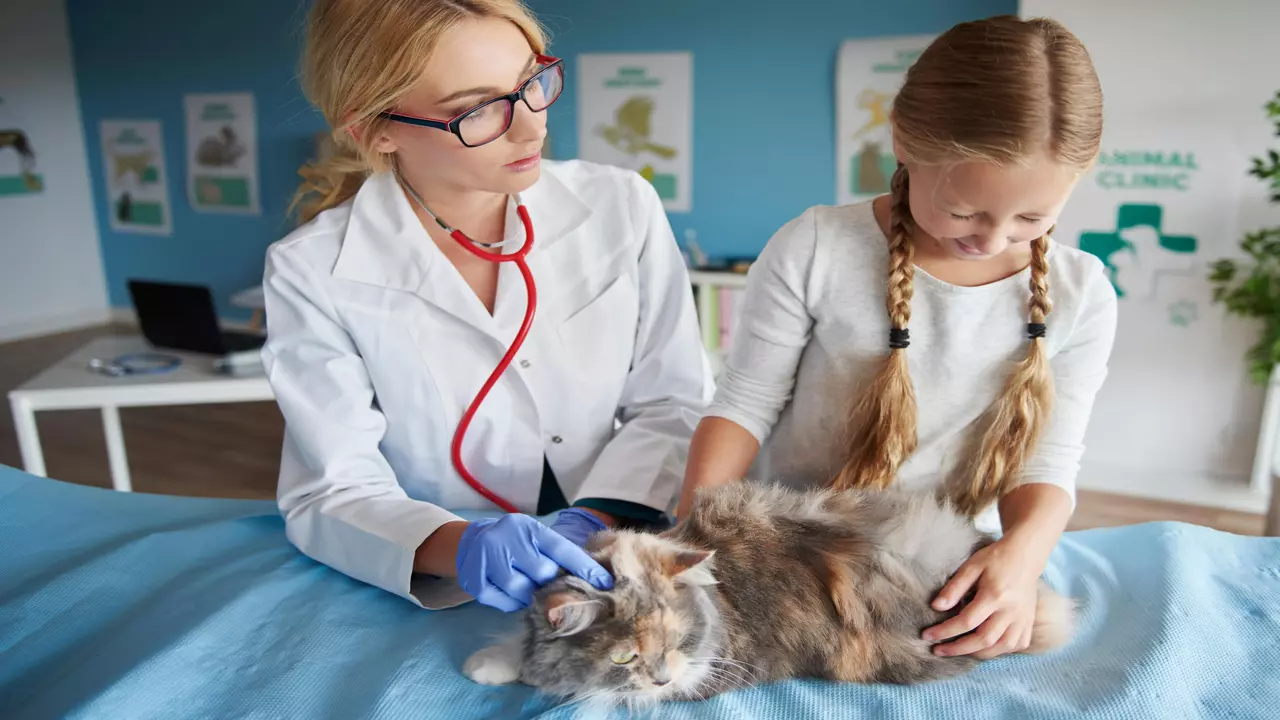
Regular veterinary check-ups are crucial for monitoring your cat’s health, especially after spay surgery. While rare, hernias can sometimes occur as a complication of the procedure. A hernia is when an organ or tissue protrudes through a weak spot in the surrounding muscles or tissues. It is important to be vigilant and watch for any signs of a hernia, such as swelling or a lump near the incision site, vomiting, or changes in behavior.
If you suspect your cat may have a hernia after being spayed, it is essential to seek immediate veterinary attention. Early detection and prompt treatment can help prevent further complications and ensure the best possible outcome for your feline friend. Remember, your veterinarian is your best resource for monitoring your cat’s post-surgery recovery and addressing any concerns or issues that may arise.
Conclusion
If you notice any signs or symptoms of a hernia in your cat after spaying, it’s important to seek immediate veterinary attention. Early detection and diagnosis can greatly improve the chances of successful treatment. Treatment options for cat hernias after spaying typically involve surgical hernia repair. Post-surgery care and recovery are crucial for your cat’s well-being.
Additionally, taking preventive measures such as keeping your cat calm and limiting its physical activity after surgery can help reduce the risk of hernias. Regular veterinary check-ups are essential to monitor your cat’s overall health and catch any potential issues early on. We have provided bulk information on cat hernia after spay and hope our information was helpful from your perspective
Frequently Asked Questions
What To Do If The Cat Gets A Hernia After Spay?
If your cat develops a hernia after spaying, seeking immediate veterinary attention is important. Treatment options may include surgery or watchful waiting; your vet may recommend a special diet. Follow post-surgery instructions carefully for a successful recovery.
Can A Cat’s Hernia Heal On Its Own?
Cats hernia cannot heal independently and typically require repair surgery. Neglecting treatment can lead to serious complications. If you suspect your cat has a hernia, consult a veterinarian immediately.
What Can I Expect After My Cat Has Had Hernia Surgery?
After your cat has had hernia surgery, it’s important to expect some discomfort and pain. Your vet will prescribe pain medication and give you instructions for post-operative care. To ensure proper healing and recovery, you may need to restrict your cat’s activity and monitor their incision site for any signs of infection or complications. Follow-up appointments with your vet will also be necessary.
What Will My Cat’s Hernia Surgery Recovery Be Like?
During your cat’s hernia surgery recovery, it is important to ensure they get enough rest and limit their activity. Your veterinarian may prescribe pain medication to manage any discomfort. Your cat must wear an Elizabethan collar to prevent licking or biting the surgical site. Regular follow-up appointments will be necessary for monitoring healing and removing stitches.
Why Does My Cat Have A Belly Lump After Spay Surgery?
A lump or swelling in your cat’s belly after spay surgery could indicate a hernia. It may occur due to surgical complications or weakness in the abdominal muscles. Look out for symptoms such as a visible lump, vomiting, and loss of appetite. Surgery is usually needed to repair the hernia and prevent further issues.

Aquarium passion is all about connecting with the aquatic life and providing education to the public on the importance of these creatures. We showcase a wide variety of marine life through our exhibits as well as working with schools to provide unique learning opportunities for students of all ages.

